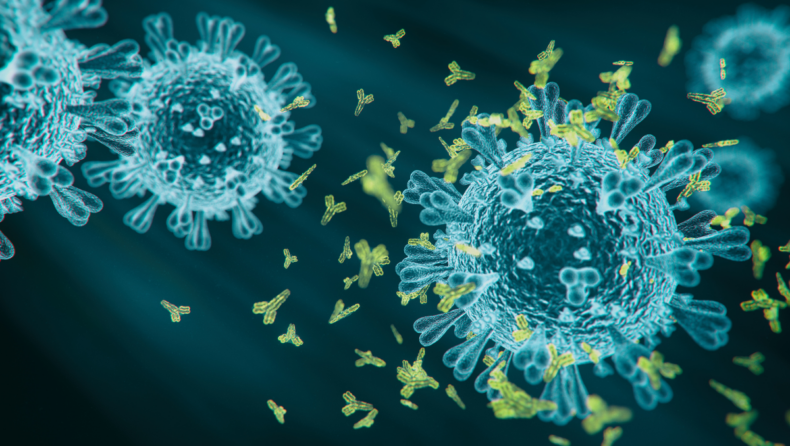Researchers at UC San Diego School of Medicine and elsewhere present a new strategy to manufacture a COVID-19 vaccine that might be ingested as a tablet, inhaled, or otherwise delivered.

The spread of new viral types, which continue to endanger global health and survival, must be addressed in the development of the next generation of SARS-CoV-2 vaccines.
This calls for fresh approaches to both immune response engineering and immunogen development.
The vaccines produced by Pfizer and Moderna, among others, are the end product of years of prior study and development.
The pandemic brought with it additional impetus, attention, and resources. Although there were some substantial obstacles, these vaccinations promised to help individuals in a quicker manner.
The Research: COVID-19
The researchers developed plasmids containing immunogens, which are chemicals that trigger B lymphocytes to generate antibodies.
The plasmids were engineered to exhibit a knob of the spike protein, a component of the receptor binding motif (RBM).
These were specifically amino acid sequences that function as keys to open the cell entrance. The lock and keys remain the same.
To produce neutralizing antibodies that precisely target the virus protein spike’s RBM nob, Dr. Zanetti, the senior researcher.
His colleagues cloned selected spike protein amino acids into plasmid DNA and injected it into the spleens of mice.
The immune response was consistent across all variants, the researchers discovered when they tested their strategy on mice infected with the original SARS-CoV-2 strain’s variants (Beta, Delta, and Omicron).
Dr. Zanetti further added that,
“The goal at the beginning wasn’t to stop the disease. It was to mitigate the consequences, to reduce COVID’s severity and outcomes. The vaccines have done that. Vaccinated persons tend not to get as sick. They don’t require hospitalization as often. Death rates are down. All of this has greatly reduced pressures on health systems and society, which is a good thing.”
It will be an enormous challenge, according to Dr. Zanetti, to turn these discoveries into a vaccine fit for clinical testing.
There is a lot of money involved in present methods, and moving from mouse research to human clinical trials is a big step.
However, the appeal of a vaccine that is both reliably effective and simple to give cannot be denied.













